Last week really felt like spring on the Oregon coast. Daffodils were out in force, along with fuzzy willow buds and a smattering of blue winged olive mayflies. Kelt steelhead made a strong showing, including back-to-back male kelts. I got a quick shot of one–the smallest male kelt I’ve ever seen, and a real scrapper. Catching two in one day seemed like a sign that the early-run fared well on the spawning grounds.
The nasty mud slides of the last month have all been cleared, and it was business as usual at the boat ramps. The only downside: too many dudes! Complaints came in from everywhere that people were out in force (I know I’m not helping). Here’s hoping that spring chinook runs kick in soon to divert some attention elsewhere.
In typical spring fashion, Oregon is bracing for a good snow this week. We sure need it, though it always comes with the risk of floods. Spring is our most volatile time of year, and anything goes when it comes to weather. But you can also bet that spring on the Oregon coast will bring some fancy steel, like the beauty that ended our weekend, right at reach-of-tide.
-RR

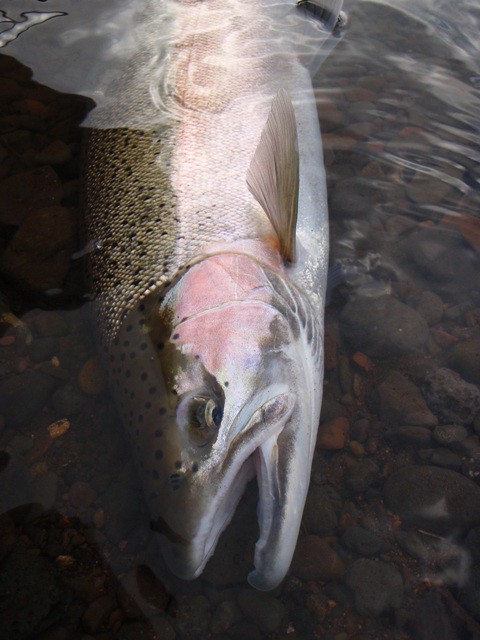
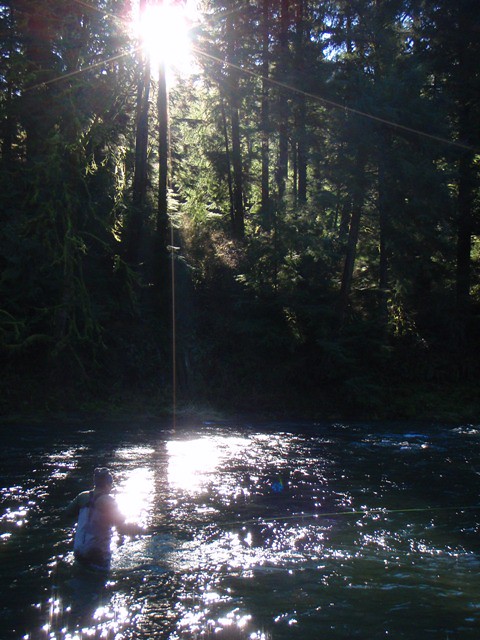
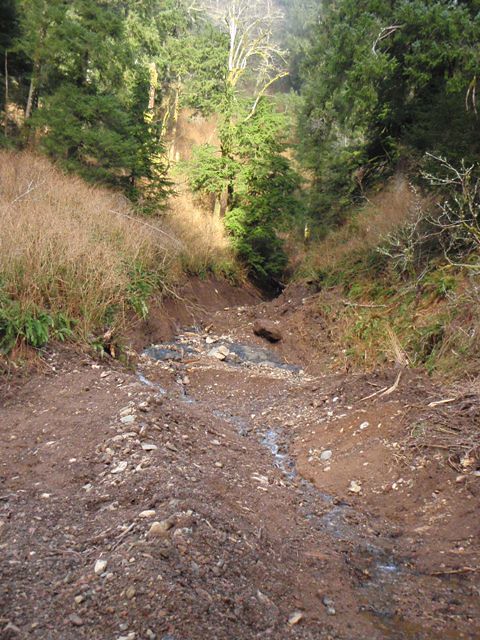
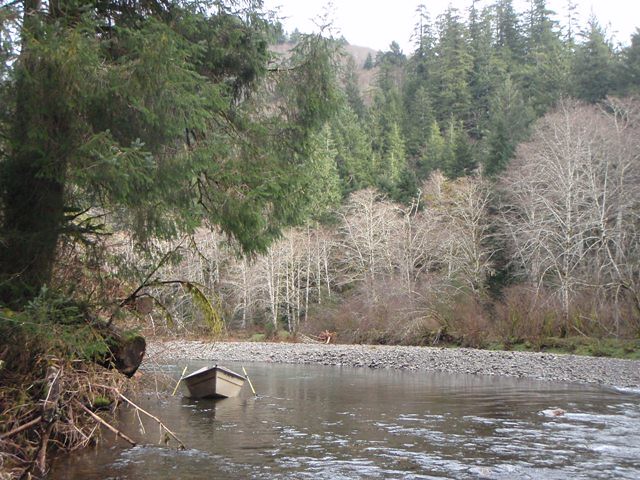
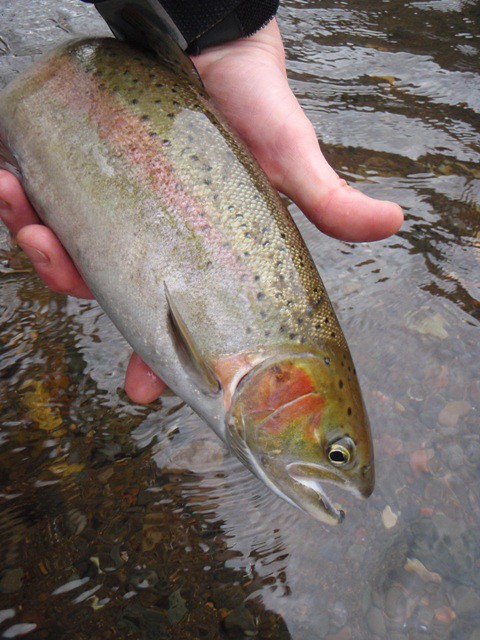
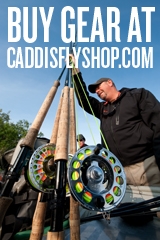


Rob. Beautiful. A friend of mine has caught several fresh run steelhead “jacks” this year, earlier than usual in the season. I can assure you that there is chrome en route upriver as we sit here in Valley snow. We are truly blessed and thanks for the visually stunning images. JN
Serious question:
How does one tell the difference between a winter steelhead that has been in the river a week or so and has not spawned and a kelt? Just wondering…
Matt, that’s a great question, and you’re asking the right guy. I’m known among certain circles as “Downriver Rob” for my special ability to locate and attract keltic beauties. And I have to say, in all seriousness, that kelts can be the strongest, most impressive fish in the river.
The quick answer: if the head is real big and the body is skinny, it’s a kelt. But sometimes it’s not possible to tell just from looking. Most often if you pay close attention to the shape of a fish, you can see whether or not its gonads are spent. A gravid female will show her skiens along her sides, and a kelt will be almost hollow in the same area. Where it gets tricky: some female kelts will puff up in the belly, giving the impression that they’re still holding eggs. If these poor fish are unfortunate enough to get thumped, they will eventually release the air in their gut cavity and flatten like a popped tire.
Don’t let this happen to you! Since winter steelhead aren’t all that great to eat anyway, just make a point of releasing any winter steelhead that aren’t super fancy.
Thanks for the info. I guess I was thinking specifically about males. I hooked into three fish last weekend and all three of them fought like mad but of the three: one was chrome bright, took me for a ride and then broke off. The other two were males that were as colored as the bigger steelhead you displayed in your article (nice fish by the way). I release all of my fish cause the place I go is managed for wild fish so I never get to do a thorough internal investigation. And can’t male steelhead have multiple spawning events? I imagine those guys just cruising around in a watershed near you looking for plump hens to dance with… So does a kelt really only refer to a spawned out female? Kelt or Chrome is the question.